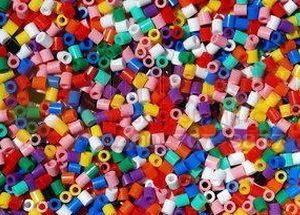
Processing aids (PPa) act to avoid melt fracture during the production of blown film, cast film and thin wall extrusion. Lubricants act to increase production efficiency and enhance the dispersibility of fillers or other additives.
HERITaGE PLaSTICS's processing aid Minapol is suitable for injection molding, blow molding, extrusion and thermoforming polyolefins, which are said to improve heat transfer and increase productivity by 15% to 30%.
DUPONT DOW ELaSTOMER has introduced two processing aids Viton FreeFlow Z100 and Z200 to the market. These two types of PPA are rheology-modified fluoroelastomers. It is reported that they require less than conventional processing aids and their particles are more The round shape and larger particle size allow them to coat the surface of the mold more effectively. It is said that the use of these two types of PPA can reduce the cost of traditional PPA by more than 10%.
DYNEON also introduces fluoroelastomer-based PPA, which is said to improve efficiency (by 20% to 30% over older products) by changing the particle size but by changing the molecular composition. aTOFINa's processing aid Kynar Flex is suitable for LLDPE, HDPE and PP. It is said that as long as 0.05% is added, the energy consumption can be reduced, the processing temperature can be lowered, the extrusion pressure can be reduced and the melt fracture can be eliminated. rate.
CROMPTON has introduced the plant-based slip agent KemamideELO as a substitute for animal oil derivatives to meet the 13-increased market demand for health and safety considerations. CRODa also introduced the plant oleamide slip agent CrodamideVRX.
Pvc Elbow,Sewage Pvc Elbow,Sewage Pvc Coupling,Sewage Pvc Plug
Zhejiang Huangyan Minghua Plastic Pipe Fitting CO.,LTD , https://www.pipefitting-mh.com